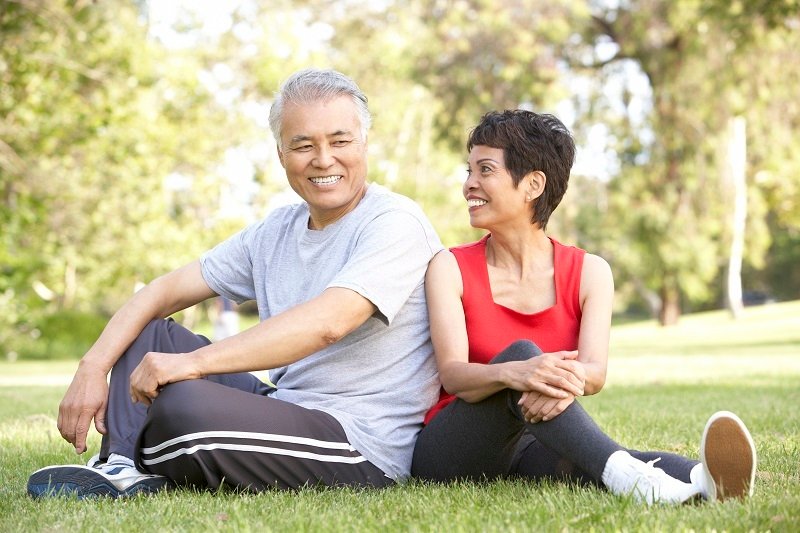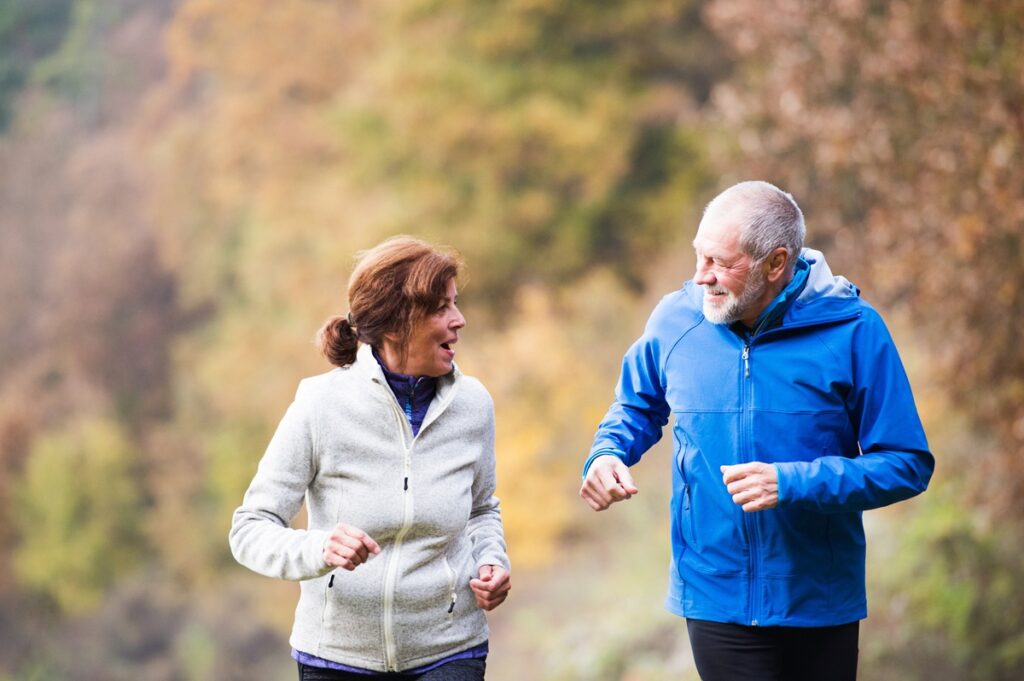Functional Training and Active Independent Aging
Functional training is a buzzword right now, with the word popping up in a variety of contexts and meanings. Functional exercises, functional movement, functional equipment, even functional footwear… As is the case with all words that get used too often to describe too many things, the word has perhaps lost some of its meaning, leaving all of us wondering what functional training really is.
The term functional training isn’t new. It was first used in a paper written by physiotherapist Edit Buchwald for The Physical Therapy Review in 1949. Having its roots established in physical therapy nearly 70 years ago, what does it mean today? And is it an important concept for care professionals and administrators of Senior Living Centers?
To answer these questions, we sat down with Dave Lykowski, a Sales and Clinical Support specialist for HUR.
Dave has a degree in Kinesiology with an emphasis on Preventative, Rehabilitative Exercise Science. He also has a degree as a Physical Therapist Assistant and spent years working with patients on HUR equipment before moving into his current role, promoting and educating HUR customers.
With the recent release of the HUR FreeTrainer, an exercise panel that makes it easy for senior living professionals to include functional training, balance, flexibility, and other non-equipment exercises into their training plans and data tracking system, we asked Dave what Functional training is, how important it is to active, independent aging, and how care professionals can utilize it to support their clients.
This is our conversation.
HUR: Thanks for speaking with us today, Dave. Let’s start with the basics. What exactly is functional training?
Dave: Essentially, functional training is about helping a person perform the actions of daily life more effectively and efficiently. It’s about building strength and mobility in ways that directly impact what you do outside the gym, in your daily life.
Functional Training actually has its roots in physical therapy. Things we take for granted like walking, bending, getting out of a chair, picking things up, or even just standing become incredibly difficult when you’re injured. So, a lot of physical therapy focuses on building core strength and increasing mobility, two things that are essential for most of what we do in daily life.
HUR: Isn’t all training and exercise is about helping us do the things we want to do, and feel the way we want to feel outside the gym?
Dave: Yes, and no. Not all training is about supporting normal life. Bodybuilders, for example, focus a lot of time and energy on creating specific defined muscular physics. Certain types of training are more focused on shaping the body than supporting function.
But, a lot of modern fitness ideology IS very focused on function, often focusing on multi-joint exercises because most daily actions require the use of multiple joints and muscle groups. Generally, this means creating training routines for people that include both on-machine and off-machine exercises.
HUR: It sounds like the main differentiator between functional training and other types of training is a focus on movement. Is that correct?
Dave: Yes. Traditional training, for lack of a better term, is focused on training individual muscle groups. So, you might do one exercise that isolates and builds strength in the biceps. Then, you might move on to an exercise focused on building strength in the quads or hamstrings, etc. Functional training is more focused on movement patterns– things like pushing or pulling, walking, stepping, bending, and lifting.
Because here’s the thing – most normal daily movements don’t require only one muscle group at a time. They also don’t happen only in one plane of motion. Daily life requires forward and backward movement, pushing up and pulling down, bending over and standing up, etc.
Functional training is about building strength and mobility through exercises that use movements similar to those required in our day-to-day life.
HUR: Is functional training more important as we age?
Dave: Well, yes. But, all strength, mobility, and balance training are more important as we age. Our muscles deteriorate as we get older. That’s just a fact of life. Regardless of how healthy you are or how great your genetic predisposition is, muscle deterioration at an ever-increasing rate is simply a fact of aging. That’s why strength training is so important. If you don’t use it, you lose it. Simple as that.
Another thing that happens as we age is that our joints don’t remain naturally lubricated without movement. A child sitting in a car for several hours can jump right up with no issues. But, watch an adult get out of a car that they’ve been sitting in for a while, and they’ll slowly stretch their back and hips, perhaps bend their knees back and forth a few times. They do this because their joints are sore due to lack of movement.
One of the things functional training does is keep those joints in motion. Just like muscle strength, this is increasingly important the older we get.
HUR: So, functional training is important in both physical therapy situations, when someone is trying to recover from an injury, and for otherwise healthy people who want to prevent injury and retain their independence?
Dave: Definitely. But, both situations should begin with an assessment. In my work as a Physical Therapist Assistant, it was important for me to understand what brought a patient to physical therapy in the first place and what types of activities their life included before the injury. Understanding prior function is important because the goal is to get them back to that point, or even stronger.
But, this is also true for senior living care professionals who want to support residents in their desire to remain healthy and active for as long as possible. When creating an exercise program for healthy seniors, it’s important to assess where they are, what their current ability level is, and the activities they regularly participate in.
From there, a trainer can create a program that will provide the right amount of challenge. Ideally, this is a program that includes both on-machine and off-machine exercises.
HUR: As a Personal Training Assistant who now works directly with HUR customers, how do you recommend that Senior Living Care Professionals incorporate functional training into exercise plans for their residents?
Dave: This is where I get really excited about the new HUR FreeTrainer. When a trainer creates an exercise program for a resident, they can load it into the FreeTrainer along with specific instructions for how to perform each exercise and pictures demonstrating the exercise.
If the gym is equipped with HUR machines that include SmartTouch technology, the FreeTrainer automatically connects with on-machine training. So, all the resident has to do when they come to the gym is swipe their wrist band and the FreeTrainer will walk them through their complete routine even if that routine includes both on-machine and off-machine exercises.
Since many functional training exercises take place off-machine, the FreeTrainer makes incorporating functional training into residents’ training plans simple, effective, and safe. Trainers can put in as much instruction for each exercise as they want alongside pictures that demonstrate how to perform the movement. Even better, the pictures can be taken with the same equipment and inside the same facility that their residents use.
Just like SmartTouch technology, the FreeTrainer tracks each user’s progress, so care professionals can make consistent changes to each resident’s routine and keep them challenged. And, as we’ve already talked about, staying challenged is vital to an effective workout.
HUR: What are some basic functional training exercises you recommend for most healthy older adults who want to remain healthy and independent?
Dave: Squats and lunges are two of the most effective functional training exercises. Hip-hinging or squatting movements are common in most daily routines. Standing up and lowering ourselves into a chair, or bending down to pick up something from the floor are the kind of things we do all the time that require the ability to bend and squat. Lunges are important because when you simply walk down the street or climb a flight of stairs you’re performing a movement similar to a lunge.
Push-ups are a great functional training exercise because they build the muscles essential to activities like lifting objects and placing them on high shelves or pushing yourself up in bed from lying down to a seated position.
Exercises that call for a rowing motion are also important. Pulling open a car door, starting a lawnmower, raking leaves –these are all pulling movements. When functional training exercises focused on supporting pulling movements are combined with those that support pushing movements, it also supports overall balance.
Core strength is also incredibly important to daily life and so any functional training routine should include exercises that focus on the muscles and movement of our core.
And finally, hopping is a great functional training exercise. Being able to hop is essential to those situations when you need to move quickly, and then stop moving just as quickly. One example is a situation where you might need to quickly step on or off a curb or move quickly out of the way of a moving object.




